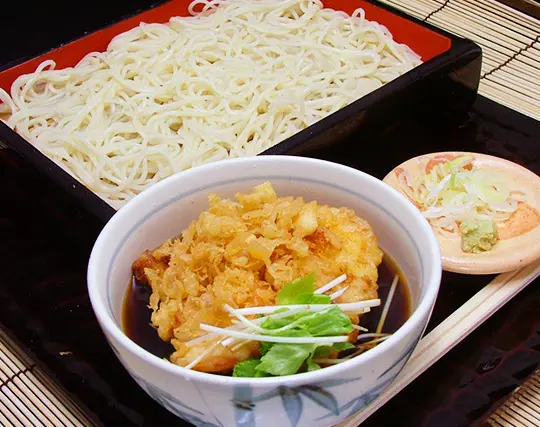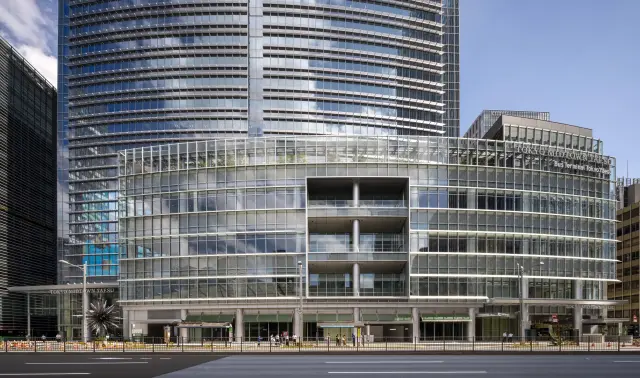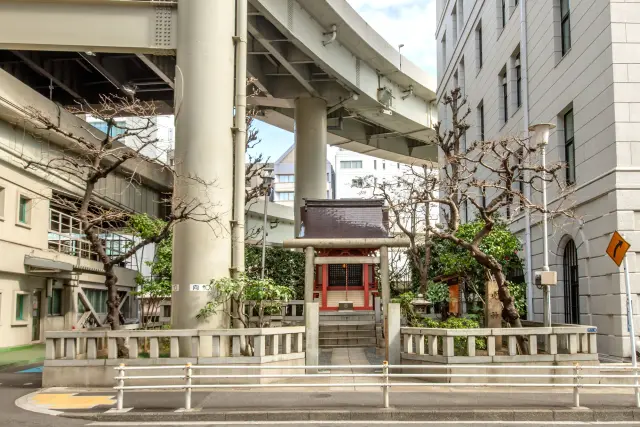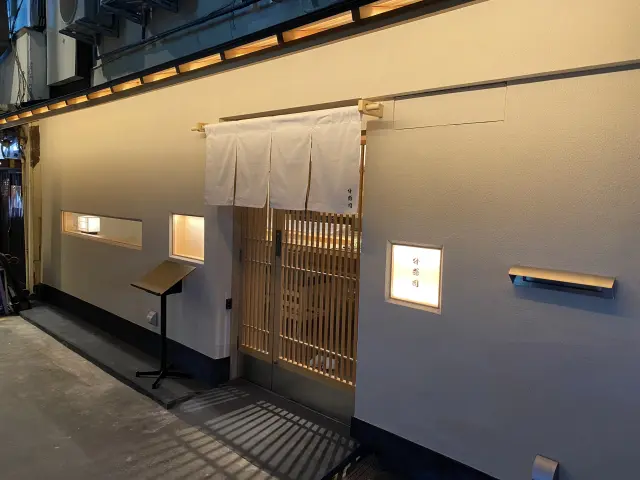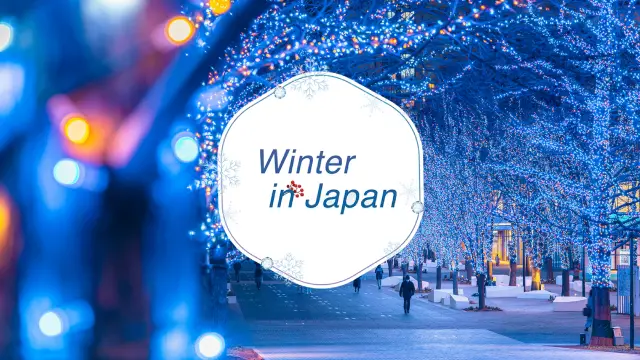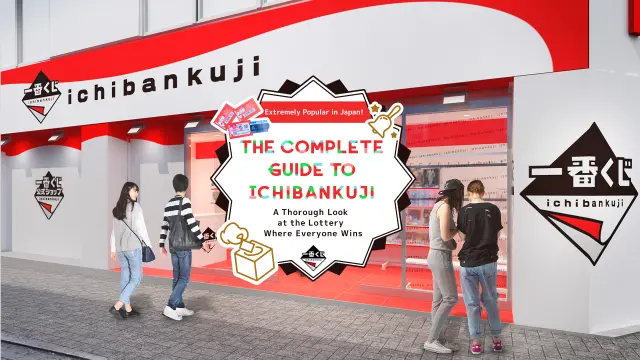Nihonbashi is located in the northern part of Chuo-ku, Tokyo. The name "Nihonbashi" comes from the bridge built across a canal in 1603, and the year Tokugawa Ieyasu established the Edo shogunate. In addition to its function as a landing place for unloading materials, Nihonbashi was the starting point of the "Gokaido" that led to the development of roads throughout Japan, making it an important hub for transportation and distribution on land and sea. Many merchants and townspeople gathered in the area, making it a representative downtown area.
In the Edo period, kimono stores opened one after another in the area around "Tori 1-chome," which corresponds to today's Chuo-Dori Street. Later, as Japan modernized during the Meiji period (1868-1912), kimono stores were replaced by department stores. Even today, the area is crowded with large-scale commercial facilities, including the "Nihombashi Mitsukoshi Main Store," the first department store in Japan, the "Nihonbashi Takashimaya Department Store," which is designated as a National Important Cultural Property, and "COREDO Nihonbashi," which opened on the site of the former "Shiroki-ya" and "Tokyu Department Stores," making it one of the most prosperous commercial areas in Tokyo.







